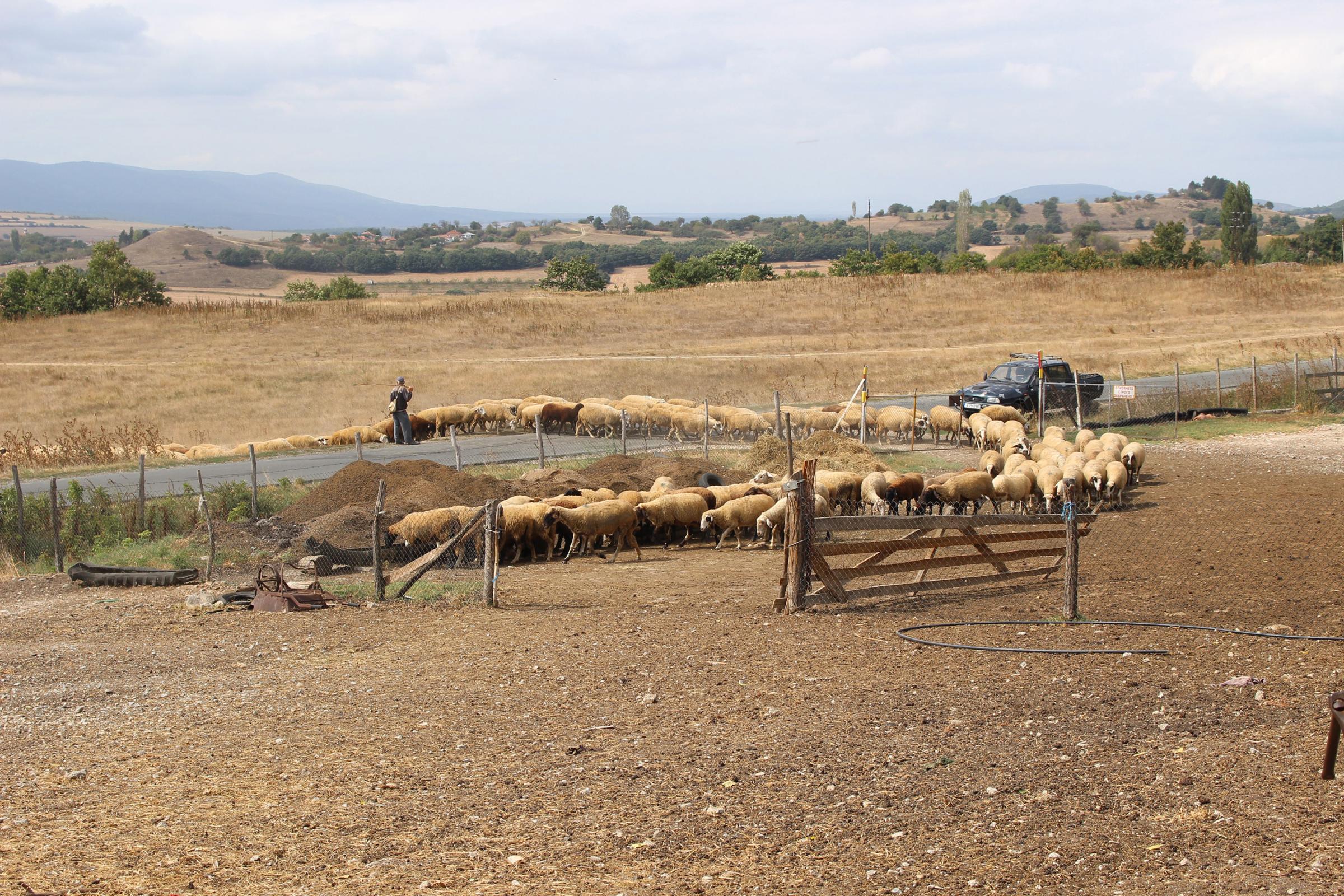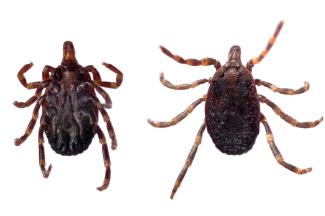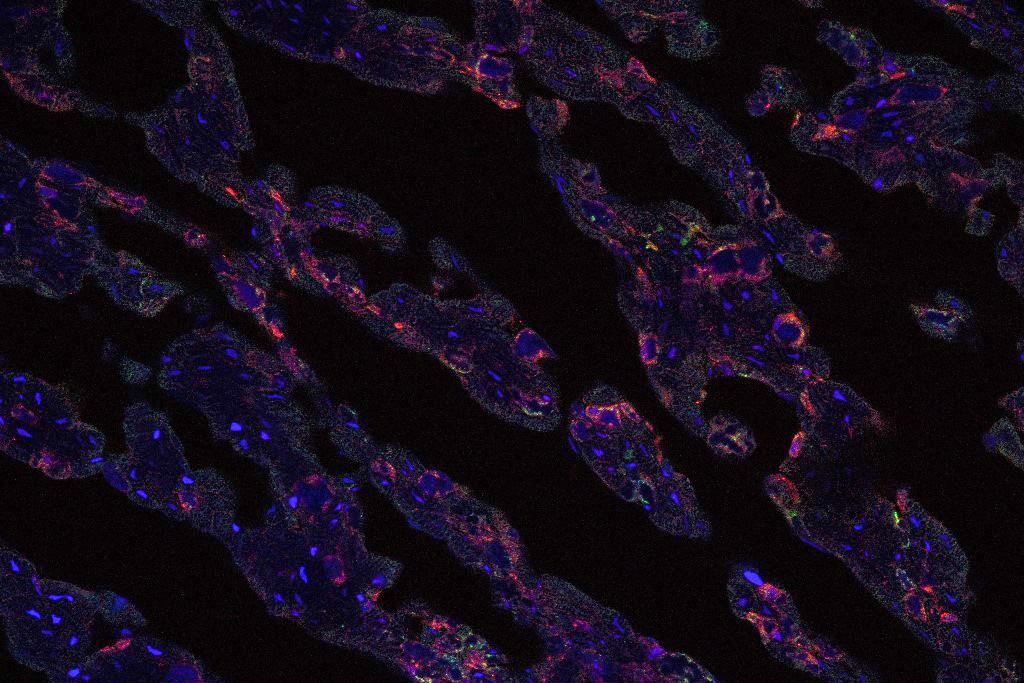A study has revealed crucial insights into the transmission patterns and risk factors of Crimean-Congo haemorrhagic fever virus (CCHFV) in sheep, a natural host of the virus.
Led by The Pirbright Institute and based on sequential observational studies and a multi site randomised trial conducted in Bulgaria, the multinational collaboration underlines the importance of preventive measures in reducing virus spread and the need to identify high-risk areas for targeted intervention.
Crimean-Congo haemorrhagic fever (CCHF) is a severe, tick-borne disease prioritised by the World Health Organization due to its high fatality rate and epidemic potential.
While humans are accidental hosts, livestock play a key role in the disease's epidemiology. Infected animals typically show no clinical signs, and their short-lived viraemia often goes unnoticed.
Writing in Emerging Infectious Diseases, the researchers show how human exposure, though limited, is higher in areas identified as livestock hotspots, suggesting occupational risk for farmers, and that tick control measures significantly reduce the force of infection.
The researchers also found:
- High-risk hotspots are embedded within broader endemic regions.
- Animal characteristics, including age and sex, were not strongly associated with infection risk.
- Transmission risk varies seasonally, with higher infection rates observed during peak tick activity in late summer.
- The dynamics of CCHFV NP and Gc IgG vary over time and seroreactivity responses among the two antigens are not correlated.
Dr Georgina Limon-Vega, Group Leader in Applied Epidemiology at Pirbright, said “Our work sheds new light on the complex dynamics of CCHFV exposure in natural hosts in the field over time. We show that localised hotspots within endemic areas can sustain higher levels of transmission, and that interventions like tick control can significantly reduce infection rates.”



